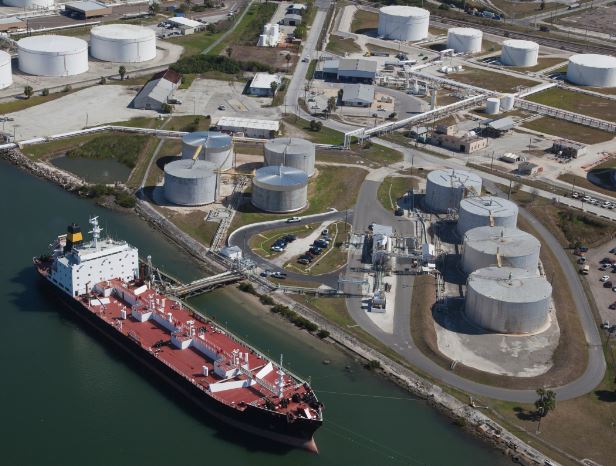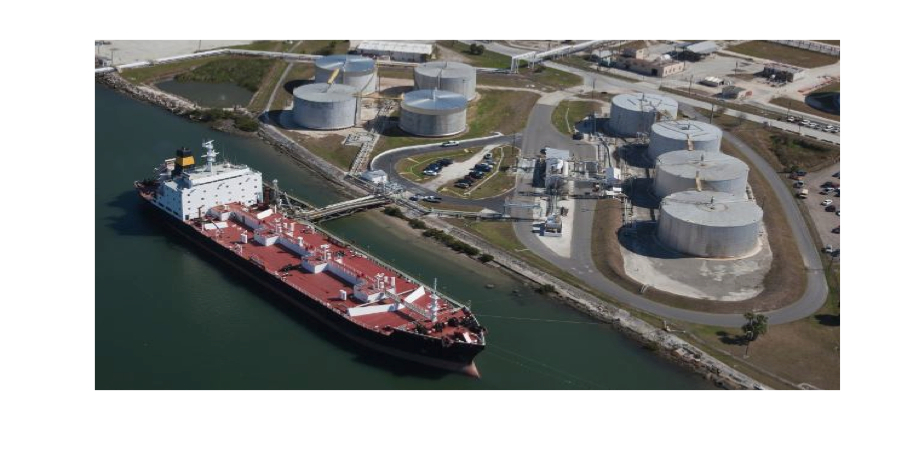In early August, when the Singapore-flagged tanker BW Zambesi left Texas City, TX, for South Korea with $40 million worth of minimally processed condensate aboard, it signaled a major departure from an American energy policy that many consider as outmoded as the leisure suit.

Since the mid-1970s, the US government has banned exports of domestically produced crude oil. The ban was a reaction to price shocks that accompanied the Arab oil embargo. The idea was that any oil we could produce here should be used here, giving us a buffer against the whims of the Organization of Petroleum Exporting Countries (OPEC) and its petro states.

